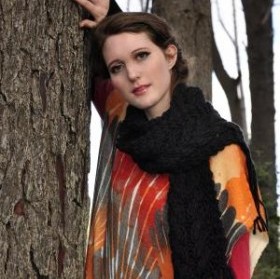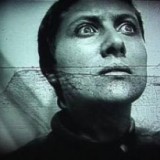No. 1 (2011): Transmedia / Transmodality

This issue is the journal’s first step into the daylight, emerging from the low-lit video screening rooms, out of the workshop and the digital ether to drive a metaphorical stake into the ground; to arrive. It is a welcome addition to the Academy because, despite convergence in creativity and technology since, well… forever, the theorising about it by the people who do it has traditionally (and uncomfortably) sat within distinctly separate disciplines: art, film, robotics, programming, media, etc. Defining these ‘creative technologies’ succinctly can be difficult because their reach is so extensive. Therefore, Journal: Creative Technologies serves a rather special purpose: providing inclusive space for the expression of new ideas or developments in this literally ultra-modal work.
It is also a kind of emergence for the contributors; their long hours spent turning over concepts in the relative safety of the workshop or supervisor’s office, of composition or experimentation, have been temporarily suspended and now their work is laid bare for all to see; in some cases for the first time. The papers that comprise this first issue, while diverse, share at least one thing in common: they all make an attempt to begin a critical dialogue on issues of technology in some way. Lyle Reilly and Alysha Gover do this by demonstrating the very practical use of technological innovation in the context of fashion. Lyle’s paper reports on the research and development of a ‘smart’ cycling jacket and reveals important new knowledge about the integration of electrical devices in clothing. Alysha describes the potential of new ways of manufacturing knitted clothing and questions why the local fashion industry has been slow to experiment with the innovative techniques.
Moata McNamara dives into the very fabric of film, interpreting it through language and body. Her sensitive reading and translation of Dreyer’s La passion de Jeanne d’Arc – reconstructed and digitised after the original was lost in a fire – encourages a new perspective with a distinctly local flavour. In a similar vein, Suzie Gorodi reveals her unique and intensely physical encounter with a video work by artist Gary Hill, while critically engaging with contemporary film theory and Heideggerian philosophy.
Body and screen are key components in Becca Wood’s paper too, but in her case, Becca is the creator of the performance in which she conjures a dialogue about digital technology, space, and the body.
As themes go, this one was deliberately loose. The papers we have published in this issue are therefore diverse and multi-stranded. Their coherence hinges around the notion ofTransmedia/Transmodality and particularly the dialectic interface between creation and production, performance and experience, internal and external mediated space. I hope you enjoy this first issue of Journal: Creative Technologies and welcome your feedback and future participation.
Jennie Watts
Editor





